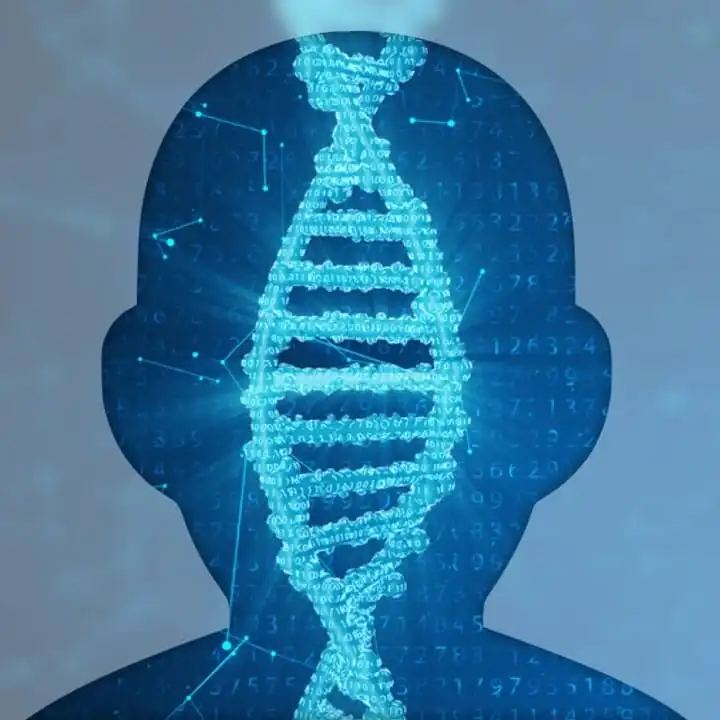What is Acrofacial Dysostosis, Catania Type?
Acrofacial Dysostosis, Catania Type is a rare genetic syndrome that was first identified in 1993, as a new form of acrofacial dysostosis.
Short stature and unique facial features are characteristic of the syndrome.
Research is still ongoing into the exact causes of this orphan syndrome.
This syndrome is also known as:
AFD; Catania Type
What gene change causes Acrofacial Dysostosis, Catania Type?
As yet the exact gene and mutation responsible for the syndrome is unknown.
Research is still ongoing.
The exact mode of inheritance is still unknown but X-linked dominant and autosomal dominant modes have been suggested.
What are the main symptoms of Acrofacial Dysostosis, Catania Type?
Symptoms include mild growth delay intrauterine, with a short stature post-birth.
Facial features of the syndrome include short stature, a very small head, widow’s peak, and a high, prominent forehead. A simian hand crease is also a common feature, as are short and webbed fingers and toes.
Other health conditions related to the syndrome include hernias, genital abnormalities in males, and tooth decay.
Possible clinical traits/features:
Abnormality of periauricular region, Abnormal palate morphology, Abnormality of the philtrum, Low-set, posteriorly rotated ears, Intrauterine growth retardation, Short nose, Micrognathia, Pectus excavatum, Reduced number of teeth, Short palm, Microcephaly, Spina bifida occulta, Premature birth, Downslanted palpebral fissures, Brachydactyly, Displacement of the urethral meatus, Cryptorchidism, Delayed skeletal maturation, Clinodactyly of the 5th finger, Coarse hair, Finger syndactyly, Facial cleft, Webbed neck, Single transverse palmar crease, Short stature, High forehead, Hernia of the abdominal wall, Hypoplasia of the zygomatic bone, Cognitive impairment.
How is it diagnosed?
To find out if someone has a diagnosis of Acrofacial Dysostosis, Catania Type, it is important to have a consultation and evaluation with a clinical genetic specialist. Specialists may also suggest specific genetic testing or other types of tests to help reach a diagnosis. FDNA’s AI technology can help speed up the diagnostic process by analyzing facial features and other health information.
